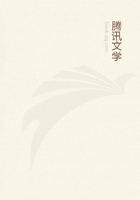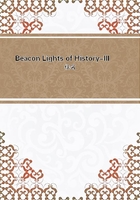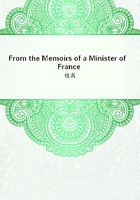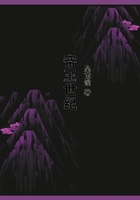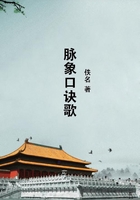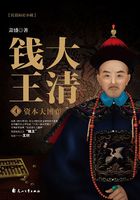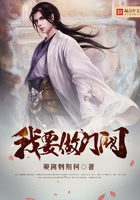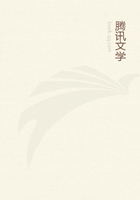Before the eighteenth century closed practical medicine had made great advance. Smallpox, though not one of the great scourges like plague or cholera, was a prevalent and much dreaded disease, and in civilized countries few reached adult life without an attack. Edward Jenner, a practitioner in Gloucestershire, and the pupil to whom John Hunter gave the famous advice: "Don't think, try!" had noticed that milkmaids who had been infected with cowpox from the udder of the cow were insusceptible to smallpox.
I show you here the hand of Sarah Nelmes with cowpox, 1796. A vague notion had prevailed among the dairies from time immemorial that this disease was a preventive of the smallpox. Jenner put the matter to the test of experiment. Let me quote here his own words: "The first experiment was made upon a lad of the name of Phipps, in whose arm a little vaccine virus was inserted, taken from the hand of a young woman who had been accidentally infected by a cow. Notwithstanding the resemblance which the pustule, thus excited on the boy's arm, bore to variolous inoculation, yet as the indisposition attending it was barely perceptible, I could scarcely persuade myself the patient was secure from the Small Pox. However, on his being inoculated some months afterwards, it proved that he was secure."[8] The results of his experiments were published in a famous small quarto volume in 1798.[*] From this date, smallpox has been under control. Thanks to Jenner, not a single person in this audience is pockmarked! A hundred and twenty-five years ago, the faces of more than half of you would have been scarred. We now know the principle upon which protection is secured: an active acquired immunity follows upon an attack of a disease of a similar nature. Smallpox and cowpox are closely allied and the substances formed in the blood by the one are resistant to the virus of the other. I do not see how any reasonable person can oppose vaccination or decry its benefits.
I show you the mortality figures[9] of the Prussian Army and of the German Empire. A comparison with the statistics of the armies of other European countries in which revaccination is not so thoroughly carried out is most convincing of its efficacy.
[8] Edward Jenner: The Origin of the Vaccine Inoculation, London, 1801.
[*] Reprinted by Camac: Epoch-making Contributions to Medicine, etc., 1909.--Ed.
[9] Jockmann: Pocken und Vaccinationlehre, 1913.
The early years of the century saw the rise of modern clinical medicine in Paris. In the art of observation men had come to a standstill. I doubt very much whether Corvisart in 1800 was any more skilful in recognizing a case of pneumonia than was Aretaeus in the second century A. D. But disease had come to be more systematically studied; special clinics were organized, and teaching became much more thorough. Anyone who wishes to have a picture of the medical schools in Europe in the first few years of the century, should read the account of the travels of Joseph Frank of Vienna.[10] The description of Corvisart is of a pioneer in clinical teaching whose method remains in vogue today in France--the ward visit, followed by a systematic lecture in the amphitheatre. There were still lectures on Hippocrates three times a week, and bleeding was the principal plan of treatment: one morning Frank saw thirty patients, out of one hundred and twelve, bled! Corvisart was the strong clinician of his generation, and his accurate studies on the heart were among the first that had concentrated attention upon a special organ. To him, too, is due the reintroduction of the art of percussion in internal disease discovered by Auenbrugger in 1761.
[10] Joseph Frank: Reise nach Paris [etc.], Wien, 1804-05.
The man who gave the greatest impetus to the study of scientific medicine at this time was Bichat, who pointed out that the pathological changes in disease were not so much in organs as in tissues. His studies laid the foundation of modern histology. He separated the chief constituent elements of the body into various tissues possessing definite physical and vital qualities.
"Sensibility and contractability are the fundamental qualities of living matter and of the life of our tissues. Thus Bichat substituted for vital forces 'vital properties,' that is to say, a series of vital forces inherent in the different tissues."[11]
His "Anatomic Generale," published in 1802, gave an extraordinary stimulus to the study of the finer processes of disease, and his famous "Recherches sur la Vie et sur la Mort" (1800) dealt a death-blow to old iatromechanical and iatrochemical views. His celebrated definition may be quoted: "La vie est l'ensemble des proprietes vitales qui resistent aux proprietes physiques, ou bien la vie est l'ensemble des fonctions qui resistent a la mort." (Life is the sum of the vital properties that withstand the physical properties, or, life is the sum of the functions that withstand death.) Bichat is another pathetic figure in medical history. His meteoric career ended in his thirty-first year: he died a victim of a post-mortem wound infection. At his death, Corvisart wrote Napoleon: "Bichat has just died at the age of thirty. That battlefield on which he fell is one which demands courage and claims many victims. He has advanced the science of medicine. No one at his age has done so much so well."
[11] E. Boinet: Les doctrines medicules, leur evolution, Paris, 1907, pp. 85-86.

